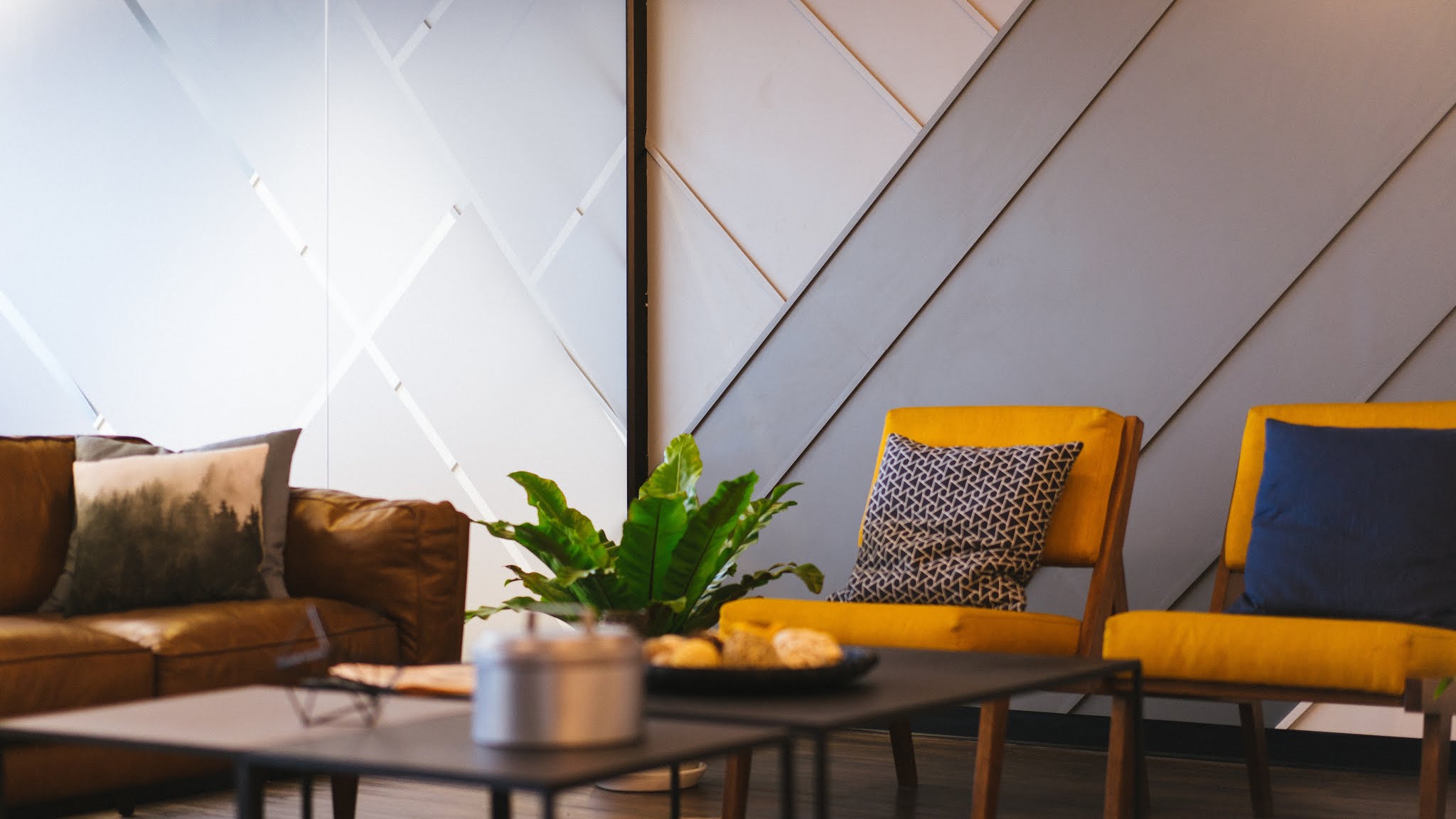Which color works better?
By Jennifer Grachova, Freelance content writer and social worker at Sierra Care

Influence of colors on mood
When you think of a color, it often brings to mind a distinct feeling. Not everyone will experience the same emotion when looking at a color. Perception is subjective. Colors can also have different connotations in different cultures. Some colors do have universal themes such as tones in the red spectrum including red, orange, and yellow are considered warm. Those in the blue array are deemed cool. These include blue, purple, and green.The hue of a color can be saturated and bright. Saturated colors are the intensity of the shade. The less saturated a color is, the grayer it will appear. Brightness is how light a color is. When painting a room consider the intensity of the color. A more saturated, darker tone will make a room appear smaller, cozier. The use of brighter colors can make a small room feel larger.
Recommend Colors for Rooms
Colors are traditionally used in home design in certain rooms for a reason. They depict the moods and atmosphere most suitable for the use of the area. Here are a few of our recommended colors for various rooms in your home.The kitchen tends to be the place where people gather for conversations and connection. The room has aromatic smells, and colorful, delicious foods. One of the traditional colors for kitchens is yellow, making the space bright and happy. Red is associated with increased appetite. A vibrant color, it’s an excellent choice for backsplashes and accessories. Green is an earthy, organic color that brings in the outdoors. Soft blues and whites bring in a beachy feel, giving the space a relaxed vibe. Navy blue and bright white create a nautical atmosphere.
With open-concept homes, the dining room has become an extension of the kitchen. The dining room décor is usually cohesive with the kitchen area and in some cases right into the living room. Adding pops of color to accentuate the design can give the space its own vibe. A separate area for a dining room can have its own design elements. Blues are a traditional color, with dark blues creating a majestic ambiance, and lighter blues a more casual tone. Greens hues can be cheerful and help bring out lively conversations. Beige tones are serene. For a dramatic look and feel use rich reds in the design. Black gives a dining room a glamorous and inviting feel.
For your bedroom, you want calming tones and sleep-inducing surroundings. Soft blues and greens are tranquil colors. To add more of a cozy feel use golden hues of yellows, browns, and warm beiges. For a romantic atmosphere, blush pinks, creamy whites, and neutrals work well. Although red may be too bold a color for a bedroom, accessorizing with darker reds can help create a romantic ambiance. To add sophistication to your bedroom decor include tones of black, gray, brown, and silver. Add bright hues to accentuate the color scheme.
The living room is another communal area. Its purpose is for relaxation, comfort, and togetherness. The most popular color for living rooms is gray. It gives the space an elegant and serene feel. Blue is considered most people’s favorite color. In the living room, it has a grounding effect. Beige tones are the go-to colors for many living room designs. It has a minimalistic look that is classic and goes well with almost any accent color. Bring in a touch of nature with the color green, and embrace a sense of harmony. Black walls or flooring give boldness to the room.
Bathrooms can either be private master retreats or used by the entire family. Blue is a favorite color for bathrooms. It’s the color of water and sky and creates a sense of serenity. Other colors to consider, include white for a feeling of purity and cleanliness, lavender for a sense of calm, and pink for an ambiance of luxury, softness, and femininity.
When planning the interior design elements in your home, consider how color can create different moods to establish the atmosphere you want for each room.
No comments:
Post a Comment